Recently, a Chinese city in the country’s Inner Mongolia region reported its first suspected case of bubonic plague or ‘Black Death’ on Saturday.
Authorities in a city in the #Chinese region of Inner #Mongolia issued a warning on Sunday, one day after a hospital reported a case of suspected #bubonicplague.https://t.co/gSNnrCmVMc
— IndiaToday (@IndiaToday) July 6, 2020
But, before we go any further into this topic, lets go back in history and try to understand what bubonic plague is, how it came into existence, what were its devastating affects and how it all ended.
What is Bubonic Plague?
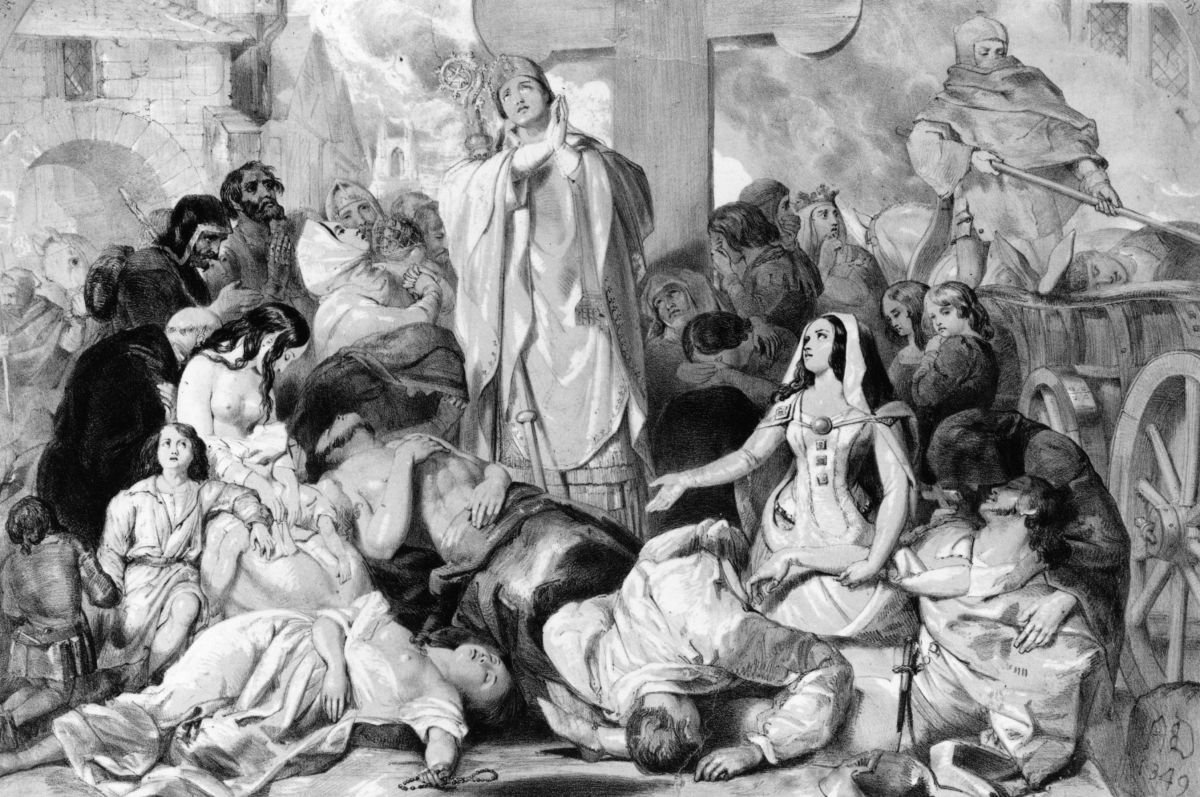
Is this plague deadly?
Yes, this infection can be deadly and can spread to other parts of the body if not treated with appropriate antibiotics.
When did it all start?
In the mid-1300s, ‘Black Death’ a devastating global epidemic of bubonic plague struck Europe and Asia. The plague made its way into Europe in October 1347, when 12 ships from the Black Sea docked at the Sicilian port of Messina.

Most sailors aboard the ships were dead and those who were alive were terminally-ill and covered in black boils that oozed blood and pus. After seeing this horrifying sight, Sicilian authorities ordered the fleet of ‘death ships’ to be taken out of the habor, but it was already too late. Over the next years, the bubonic plague aka Black Death killed more than 20 million people in Europe, which is almost one-third of the continent’s population.
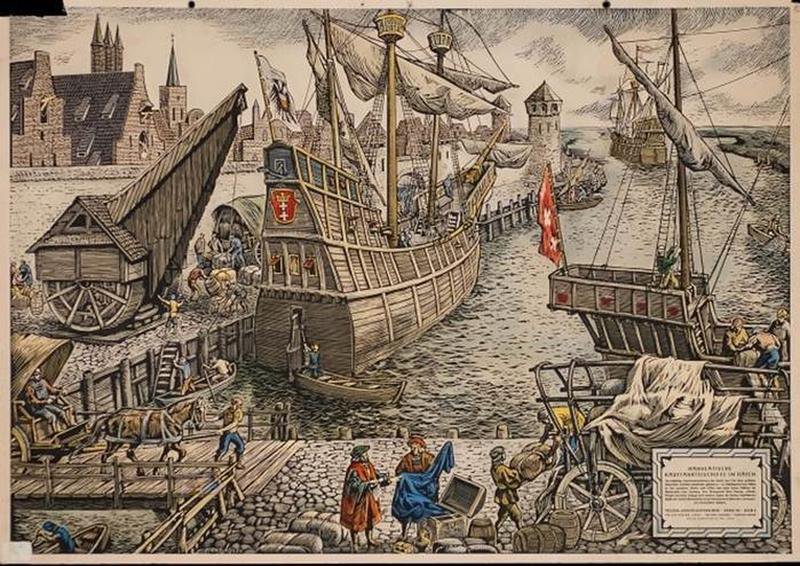
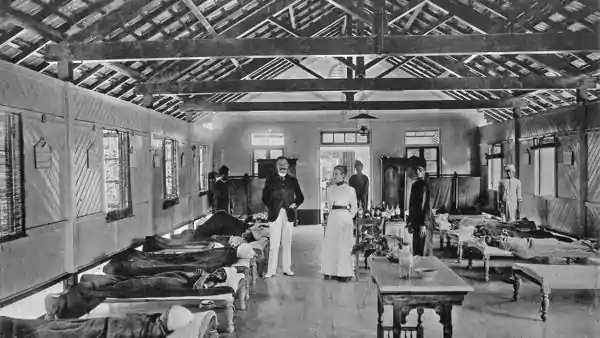
What are the symptoms of bubonic plague?
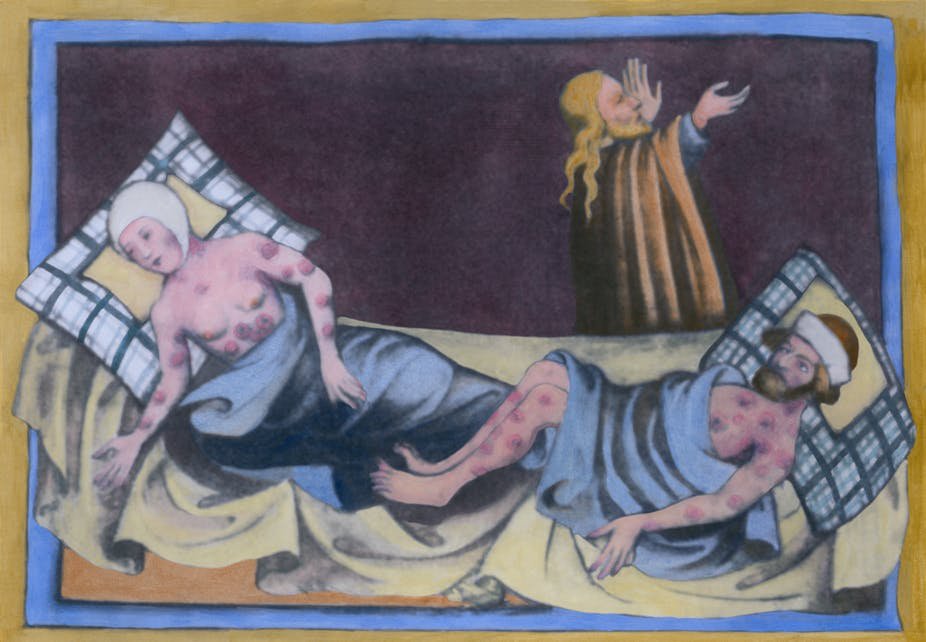
Some individuals also develop painful swollen lymph glands, called buboes – which are about the size of a chicken egg and situated in the armpit, groin, or neck. Perhaps, the buboes are what give the disease – bubonic plague – its name.
Describing the horror of the bubonic plague, Italian poet Giovanni Boccaccio wrote:
…at the beginning of the malady, certain swellings, either on the groin or under the armpits…waxed to the bigness of a common apple, others to the size of an egg, some more and some less, and these the vulgar named plague-boils.
How did it spread?
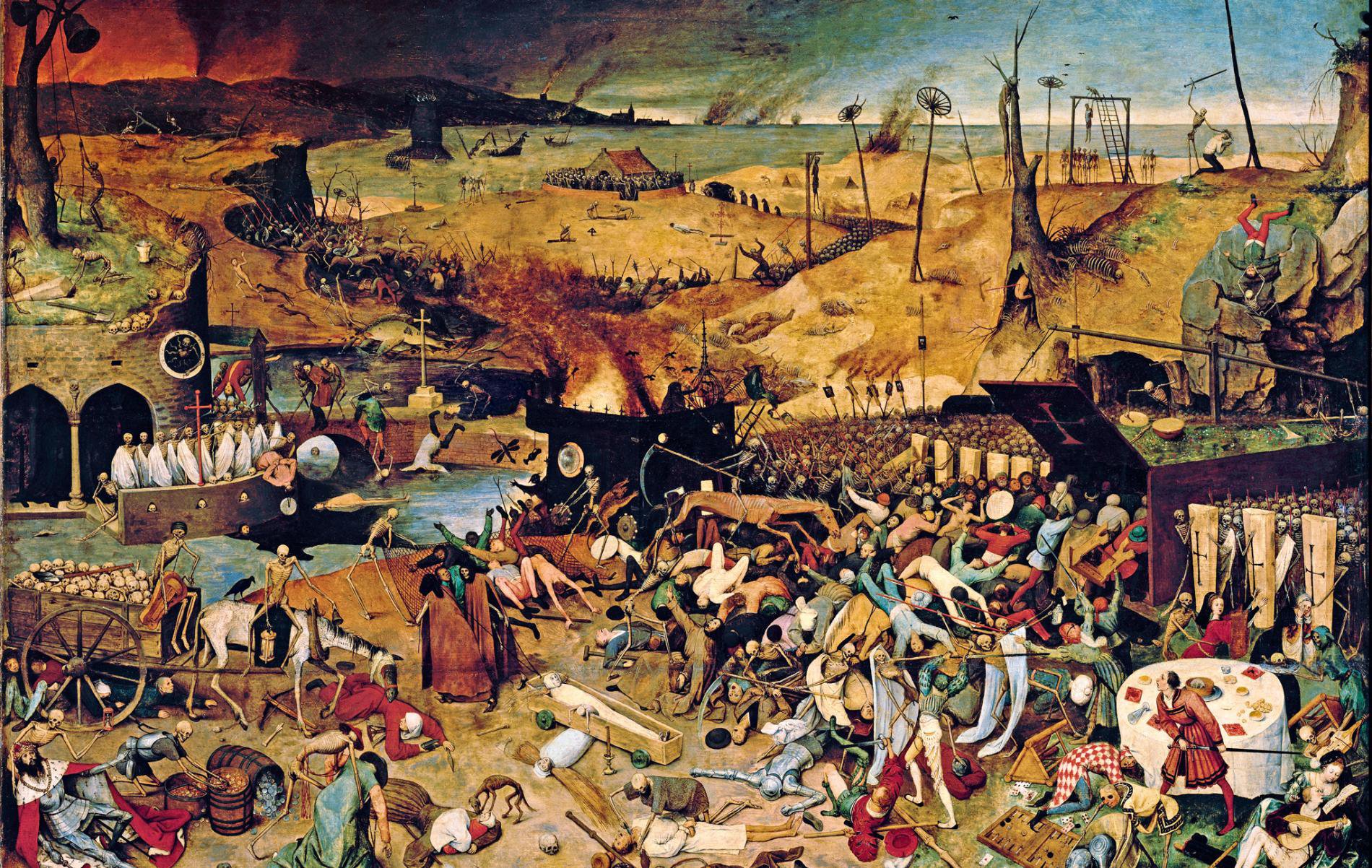
The Black Death was terrifyingly, indiscriminately contagious. The disease was also terrifyingly efficient. People who were perfectly healthy when they went to bed at night could be dead by morning.
How is the bubonic plague treated?
How was Black Death treated in those times?
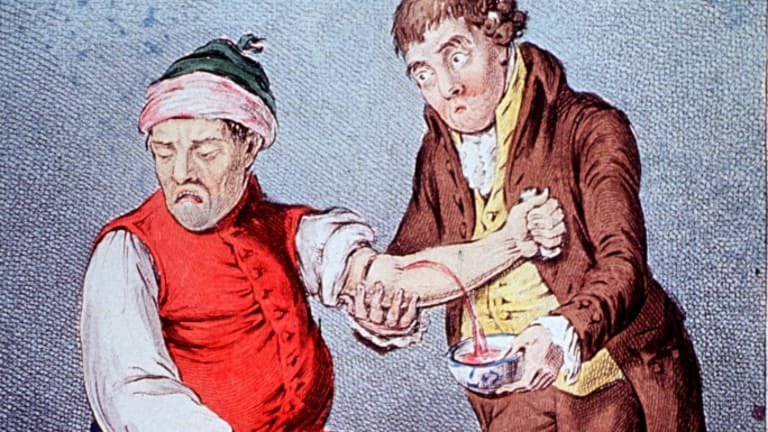
It was utter chaos back then. While healthy people tried to avoid getting infected, doctors refused to see and treat patients over fears of contracting the disease. Even priests refused to administer last rites of those who died of the plague. Many people also abandoned their sick, dying loved ones in order to secure their own immunity.
Why did bubonic plague doctors wear strange beaked masks?
Long before the invention of PPE kits, doctors treating patients with bubonic plague wore strange beaked masks that was intended to protect the doctor from ‘miasma’, also commonly called ‘bad air.’
Black Plague: God’s Punishment?
Since many did not understand the biology of the disease, people believed that the Black Death was a kind of divine punishment. People started to believe that God was punishing them for all the sins that they had committed in their lifetime. And by this logic, the only way to overcome to the plague was to win God’s forgiveness and some people thought the way to gain God’s forgiveness was by killing communities of heretics and other troublemakers. Between 1348 and 1349, thousands of Jews were massacred because of this belief.
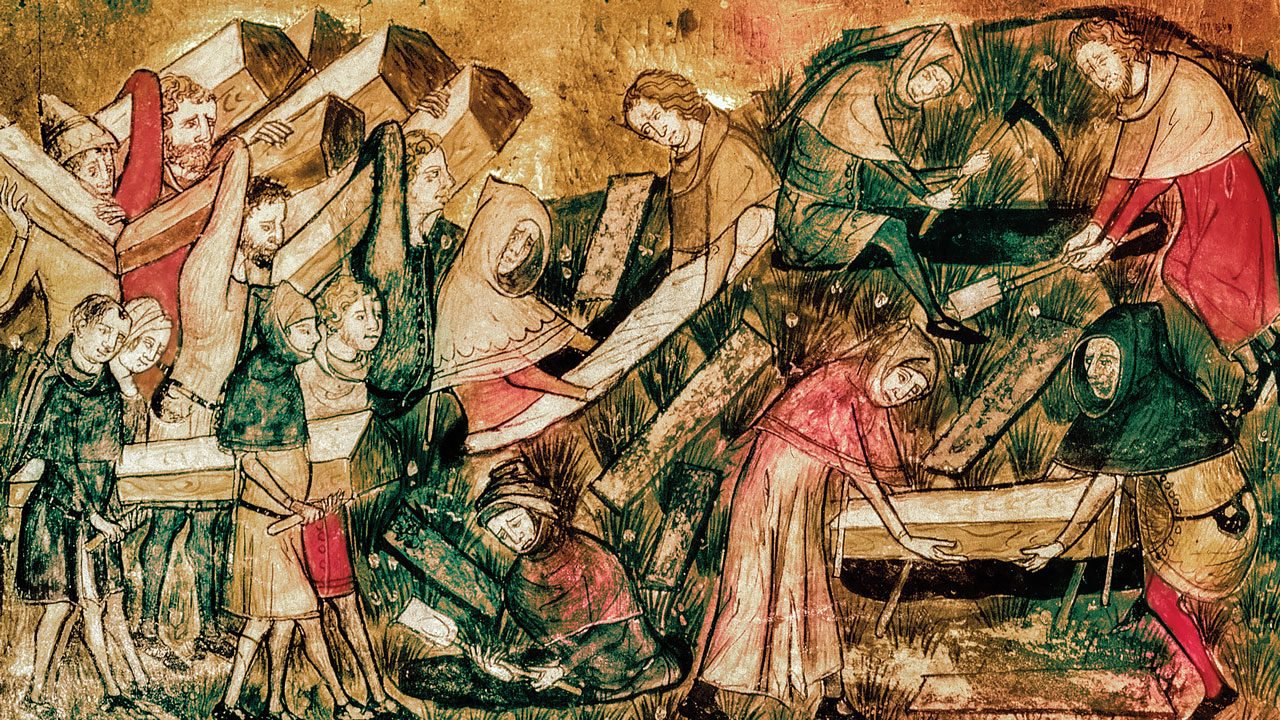
So, how did the plague end?
What are the preventive measures for bubonic plague?
While there are no vaccines available, one can reduce the risk of being exposed to the plague.
Does the Black Plague still exist?
The Black Death epidemic ran its course by the early 1350s however, it reappeared after every few generations, for centuries. Though, modern sanitation and public-health practices have greatly helped in reducing the impact of the disease sadly, it has still not been eliminated fully.
While antibiotics are available to treat Black Death, according to WHO, there are still 1,000 to 3,000 cases of plague reported every year.

















